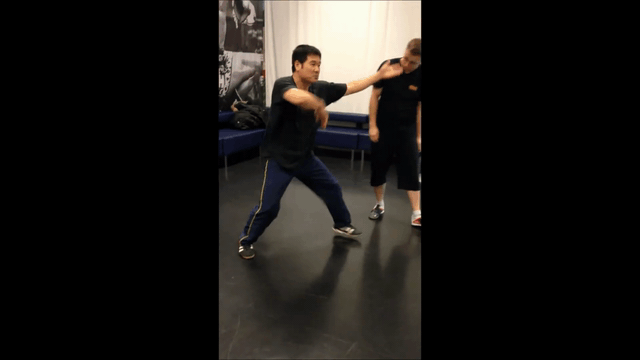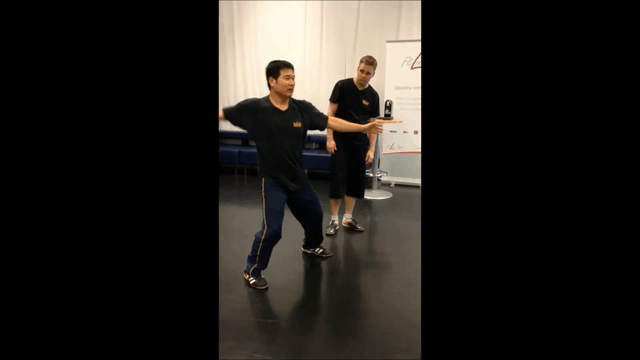In other words, there exist no perfect MA system. It's just a trade off between power and speed.
Why would you need two styles to achieve that. Punch hard some times. Punch fast some times.
The basic training methods are different. You may train 1 step 1 punch, but you may not train 1 step 3 punches (or the other way around).
A praying mantis guy cross trained the Baji system. He said, "My Baji teacher just opened my eyes." His statement had upset his PM teacher big time as if his PM teacher had covered his eyes all these years. Later on he called his own system "Baji praying mantis".
Boxers have methods for punching quickly and methods for punching with maximum power, so it's not necessarily a matter of this one factor limiting a martial art.
However the underlying issue goes much deeper, whether you look at it from the perspective of a single martial art, a single technique, a single moment in a fight, an individual's training regimen, or an individual instructor's approach to teaching.
You can optimize body mechanics for maximum speed, you can optimize for maximum power, or you can find a middle ground.
You can optimize your stance for throwing/defending strikes or for attempting/defending takedowns.
You can optimize your stance for defending certain types of strikes or for defending certain other types of strikes.
You can optimize for stability or mobility.
You can train a few techniques in depth or a larger number of techniques in less depth.
You can focus on training that develops your athleticism or on refining your technique to require as little athleticism as possible.
You can spend your time on safe training methods which avoid chance of injury and build lifelong health or you can engage in training methods which more closely approach the realities of a fight, thus building more actual fighting ability at the risk of permanent injuries and decreased quality of life.
You can spend time building generally applicable skills and attributes or you can spend time focusing on the specialized requirements of specific scenarios.
You can run workouts aimed at the needs of professional fighters or of casual hobbyists.
And so on, and so on, and so on. Just like engineering, it's a constant series of trade-offs.
You can do a bit of everything if you want, but you're limited by time and the ability to recover.
There are some high-level MMA fighters right now who have the ability to switch seamlessly between striking for speed, striking for power, fighting long range, fighting short range, using different stances and power generation methods, attacking takedowns, defending takedowns, evasive footwork, aggressive footwork, cautious tactics, high-risk high-reward tactics, attacking submissions, defending submissions, conserving energy, using extreme athleticism, using simple tactics, using sophisticated tactics, all at a very high level.
These are typically athletically talented individuals who started training at a young age and are training full-time. Many of them may also have pharmaceutical aids to help their bodies recover from the rigors of training. And even these individuals will have limitations in their abilities. They won't box as well as the best boxers. They won't wrestle as well as the best wrestlers. They might not know anything about fighting with weapons and if they do, they won't be as skilled as the best weapon fighters. They may not know the most appropriate tactics for certain specific real world scenarios.
So - what happens when you are teaching a class of hobbyists who show up to class for 3-4 hours per week and might train at home for an hour or two per week if you're lucky? What do you teach them first? What do you teach them next? How much do you teach them at a time? How much time do you spend ingraining a given rule into their movement patterns before you start showing them all the ways that it may be advantageous to break that "rule" under certain circumstances. Which training methods do you focus on in the limited time you have to work with the students?
Your answers to all of these questions: the trade-offs that you make, the priorities you set, help determine the "system" that you teach. If we all had unlimited time, energy, and motivation, perfect health, the ability to regenerate from any injury, and a holodeck to use for training every imaginable scenario, then there would be no martial arts styles other than our own personal fighting styles shaped by our individual preferences and inclinations.


